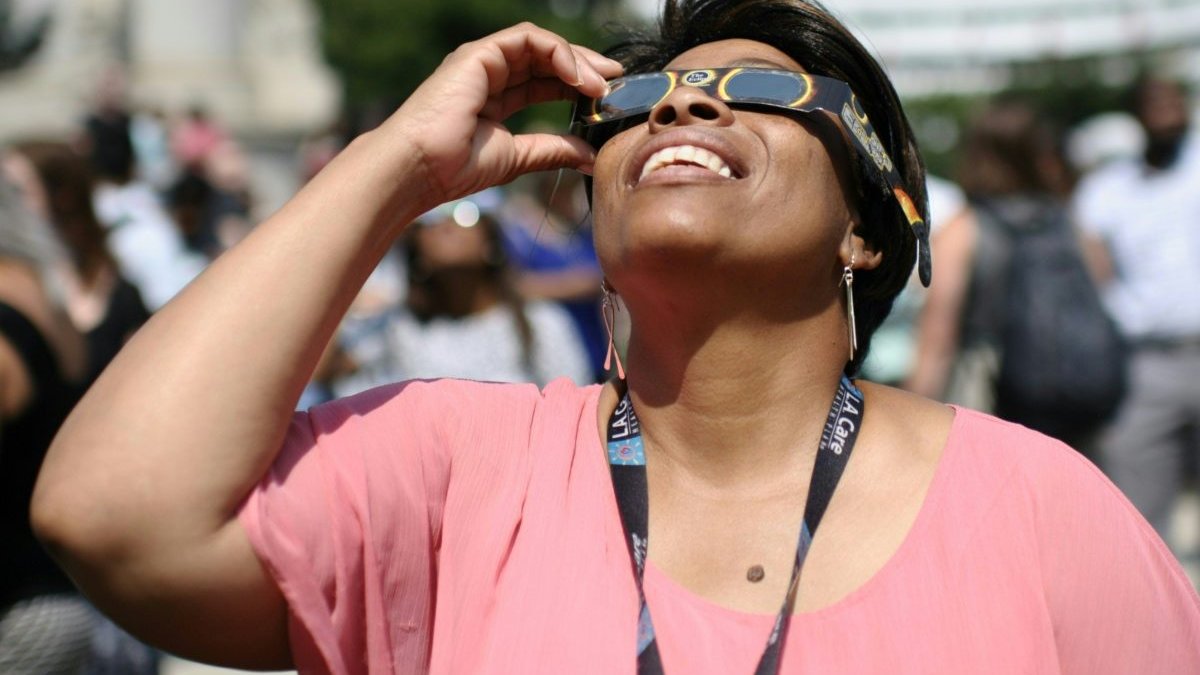2 min
Watching the solar eclipse Monday? Our expert has advice on how to do it safely
It's being called a "once in a lifetime" opportunity and Monday's solar eclipse has almost everybody on the continent talking as well as planning and preparing to get a glimpse of this rare astronomical moment. Amid the excitement is a need for people to view the event safely, which is why NBC Connecticut recently caught up with UConn Associate Professor of Physics Jonathan Trump to explain what's happening and, if you're going to be gazing upwards, what you need to know and how to do it without getting hurt. An astronomical celebration is just around the corner. But if you want to see the solar eclipse for yourself, there are steps you need to take to do so safely. First and foremost: to watch this out-of-this-world display April 8, don’t even think about looking right at the sun. “Most important thing, do not look directly at the solar eclipse with your eyes,” said UConn associate professor of physics Jonathan Trump. “Here in Connecticut the eclipse will be about 90% which is pretty spectacular, but even 10% of the sun’s light is a lot of the sun’s light.” UConn is one of many organizations around the state holding a celebration and viewing event. “The next one is not going to be for another 20 years, so yeah this is a special event,” said Trump. Sunglasses aren’t strong enough to protect your retinas from these UV rays. “The ultraviolet light is what give us sunburns and it can severely damage the retina in the back of your eye and permanently scar your vision. So do not look directly at the sun,” said Trump. You can view the solar eclipse safely with certified solar eclipse glasses. If you wear eyeglasses, put the solar eclipse glasses on top of your glasses. And if you have solar eclipse glasses from the last phenomena visible stateside, which was seven years ago, you should get a new pair. Experts we spoke to say they have no more than a three-year shelf life. Looking to know more? Jonathan Trump is an observational astronomer and is available to speak with reporters about Monday's eclipse. Simply click on his icon now to arrange a time to talk today.








